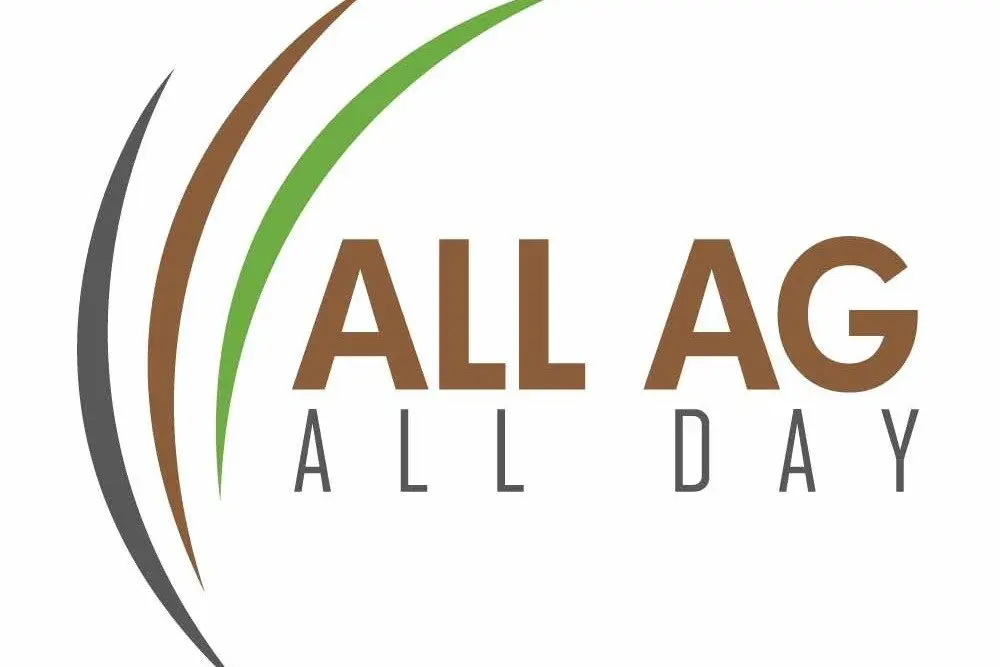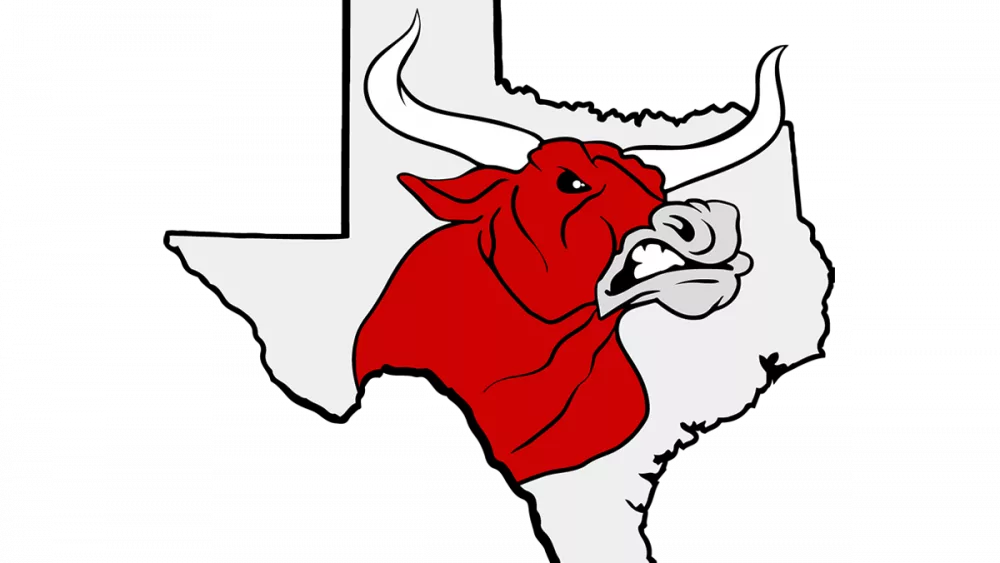
All Ag, All Day is the nation's only full-time farm radio station with studios in Floydada and Nashville, TN (www.AllAgNews.com)
U.S.–China Trade Talks Revive Hopes For Farm Exports
MADRID, SPAIN – U.S. Treasury Secretary Scott Bessent and U.S. Trade Representative officials are meeting this week with Chinese Vice Premier He Lifeng in Madrid, with tariffs, export controls, and TikTok on the agenda. Treasury signaled over the weekend that the current tariff truce will hold until at least November 10, offering a short-term window of stability.
For U.S. agriculture, the stakes are high. China has sharply reduced purchases of American crops, shifting toward Brazil and Argentina for soybeans and sorghum. USDA reports show no new soybean bookings from China for 2025/26, while Beijing recently approved Brazilian sorghum imports and suspended U.S. shipments, citing quality issues. Farm groups are pressing negotiators to secure firm commitments for Chinese buying, warning that without access to this top market, U.S. producers face lower prices and growing competition.
Farm-Level Takeaway: Farmers await concrete trade commitments from China. Until then, export prospects for soybeans, corn, and sorghum remain uncertain against strong South American competition.
**********
Global Grain And Cotton Markets Shift In September WASDE
WASHINGTON, DC – USDA’s September World Agricultural Supply and Demand Estimates report shows shifting global supply and demand patterns across corn, soybeans, wheat, and cotton.
For corn, global production is forecast at a record 1.25 billion metric tons (MMT), led by larger U.S. output. Brazil’s crop was raised slightly to 125 MMT, while Ukraine’s harvest remains at 26 MMT. Despite record supplies, world ending stocks are projected at 322 MMT, up 4 MMT from last month.
Soybeans saw reduced global production, with Argentina trimmed to 47 MMT due to dry conditions, though Brazil remains at 162 MMT. U.S. production was lowered slightly, but strong South American output keeps world supplies ample. Global soybean ending stocks are projected at 127 MMT, up 2 MMT from last month, as weaker U.S. exports shift demand toward Brazil and Russia.
For wheat, global production is raised 5 MMT to 795 MMT, driven by larger crops in Canada, Russia, and Ukraine. However, global trade remains competitive. Exports are raised for the U.S. and Canada, while Russia stays dominant at 54 MMT. World wheat ending stocks are pegged at 256 MMT, the lowest in nine years, reflecting steady demand growth.
Cotton markets remain tight. Global production is forecast at 116 MMT, down 2 MMT from last month, with reductions in India and Pakistan outweighing a modest increase in Brazil. Global ending stocks are trimmed to 83 MMT, tightening supplies and supporting prices near 80 cents per pound on the world market.
Farm-Level Takeaway: USDA projects record global corn supplies and bigger wheat crops, while soybean demand shifts further toward South America. Cotton supplies remain tight, keeping world prices supported. U.S. farmers face increased competition abroad but benefit from stronger wheat exports and stable cotton prices.
**********
USDA Trims Beef Outlook, Raises Pork Production Forecast
WASHINGTON, DC – USDA’s September WASDE report adjusted 2025 livestock projections, signaling shifts in beef and pork markets while leaving poultry largely steady.
For beef, the USDA lowered production slightly as lighter-fed cattle weights offset larger-than-expected slaughter. Exports were reduced due to weaker demand in Asia, while imports increased with strong inflows from Australia. Cattle prices are projected lower, with the 2025 steer price forecast trimmed to $176 per hundredweight (cwt).
Pork production was increased due to higher-than-anticipated slaughter numbers. Exports were raised modestly, reflecting stronger demand from Mexico and Asia. The 2025 hog price was adjusted downward to $65.50/cwt, pressured by larger supplies.
For broilers, production forecasts held steady, but the USDA lowered exports on weaker international demand. Prices are expected to remain firm at $1.29 per pound for 2025. Turkey production and trade forecasts were unchanged, with prices stable at $1.24 per pound.
In dairy, milk production was left essentially unchanged, but the USDA raised its Class III and Class IV milk price forecasts on stronger cheese and butter demand. The all-milk price for 2025 is now forecast at $22.00/cwt.
Farm-Level Takeaway: USDA’s outlook points to slightly weaker cattle and hog prices as supplies remain ample, but dairy and poultry show firmer pricing. Producers may need to prepare for margin pressure in livestock feeding, while dairy farmers could benefit from stronger product demand.
**********
WTO Fisheries Subsidies Agreement Could Affect U.S. Aquaculture
GENEVA, SWITZERLAND – The World Trade Organization’s Agreement on Fisheries Subsidies has officially entered into force after receiving ratification from more than two-thirds of its members, including the United States. The agreement bans subsidies that support illegal, unreported, and unregulated fishing, as well as subsidies for fishing on overfished stocks or in unregulated high seas. WTO leaders say the pact is the first multilateral trade deal focused directly on sustainability, aimed at curbing practices that deplete fish populations and distort global markets.
For U.S. aquaculture and seafood producers, the new rules could level the playing field by reducing competition from countries that previously subsidized harmful fishing activities. The agreement also introduces stronger transparency requirements, allowing nations to challenge unfair subsidy programs more easily. While benefits may flow to domestic producers, the shift could also affect wild-caught fisheries that supply U.S. processors, potentially influencing costs and availability.
Farm-Level Takeaway: U.S. aquaculture may gain a competitive edge as harmful subsidies are phased out abroad, but producers should closely monitor shifts in import supply chains and trade enforcement.




